Partners in the Spotlight
Selected integrations
AXIS ACAP - Parquery in-camera
Fotokite - Parking & Traffic Surveys
Parquery works with ANY camera
Increase revenue and make data-driven operational decisions based on factual parking data
How a Swiss retail shop uses parking statistics as crucial management tool.
Parquery's smart parking solution extracts real-time parking occupancy data from camera images and transforms this parking data into meaningful factual knowledge through detailed statistics and analytics.
At first glance, the binary (yes/no) decision of whether a parking space is occupied or vacant might appear limited. Observed over a longer period of time, however, it becomes a powerful tool for identifying temporal and spatial usage patterns.
Parking occupancy data can answer questions such as:
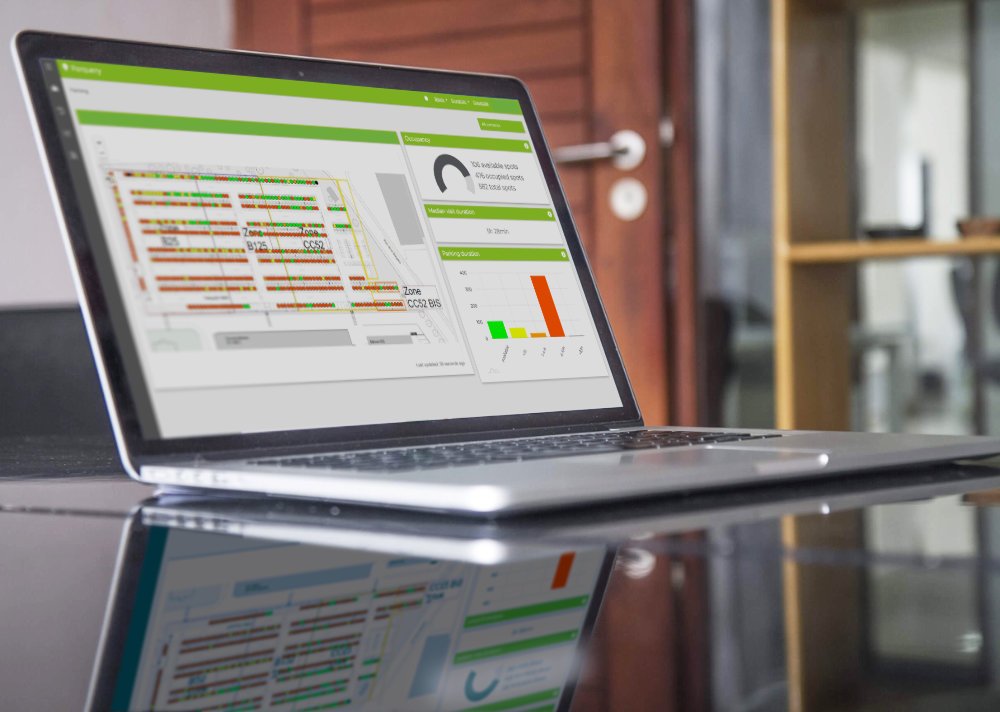
Does the capacity meet the demand? That is, is the parking lot sufficiently large but not over-dimensioned?
Where are popular spots or areas? Where are those little used?
When are times of high demand? When are periods of lulls?
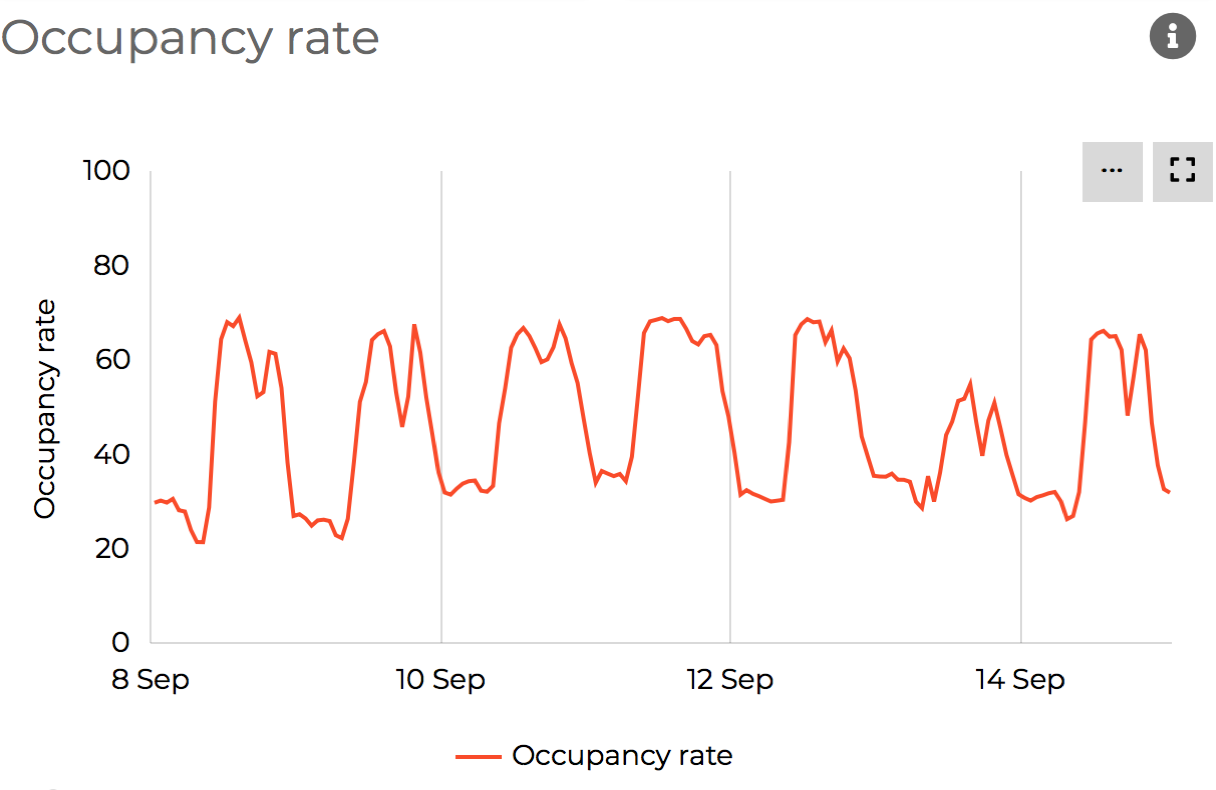
Occupancy rate: percentage of occupied parking spaces at a given time
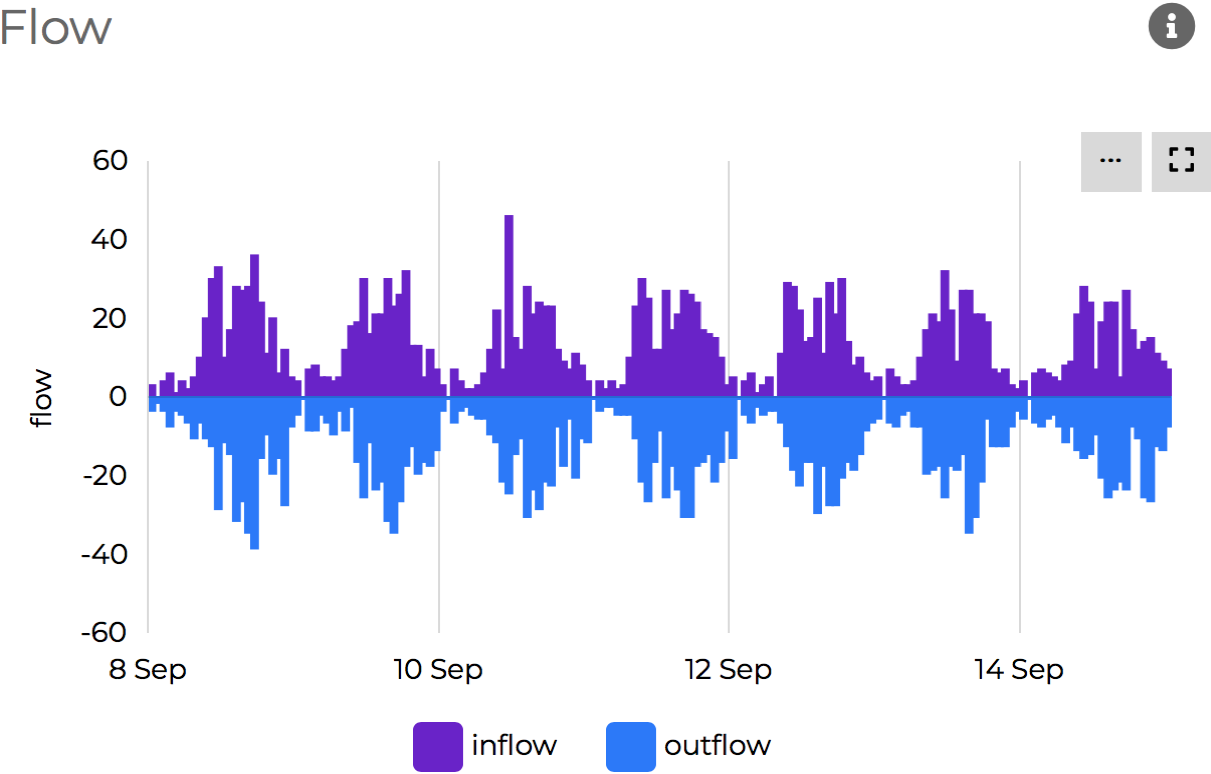
Flow/turnover rate: number of vehicles arriving and departing at a given time
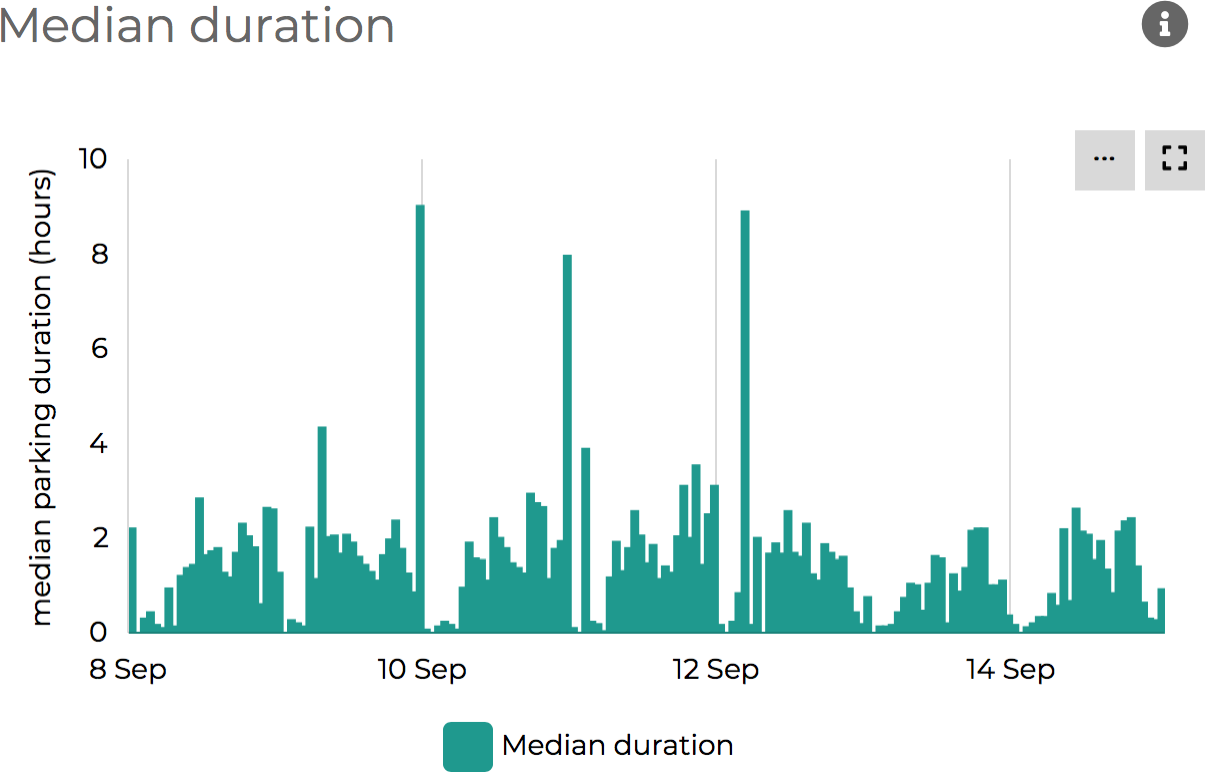
Median duration: median parking time of vehicles that arrived at a given time
Once we expand this plain occupancy data by determining whether a vehicle in the current image of a parking spot is the same as in the previous one, we gain a range of information. It provides us with the vehicle’s arrival and departure times, from which we can establish the individual parking operations for each parking space. Hence, we can determine both
These three variables - occupancy, turnover, and duration - provide a comprehensive picture of the parking lot utilization and allow identifying occupancy patterns. They can be observed:
Information about parking duration and turnover then answers detailed questions such as:
Swiss retailer Hasler + Co AG manages its parking lots with Parquery. Occupancy statistics were crucial for their management decisions.

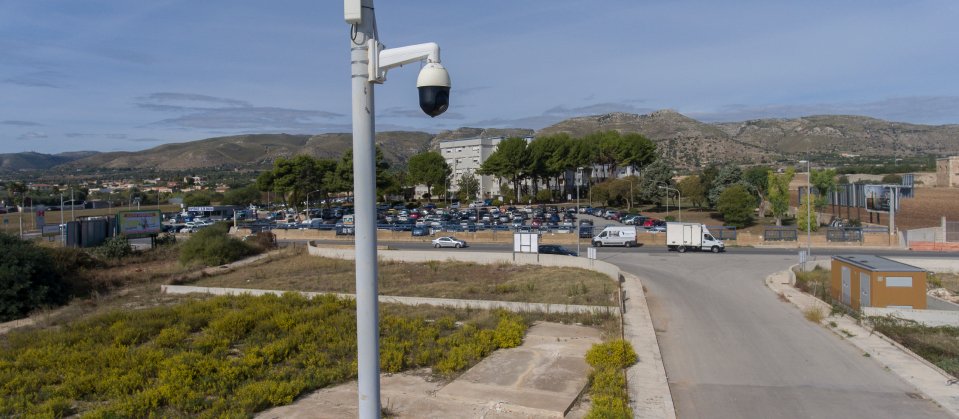
Moreover, if we correlate parking data with additional domain information, we obtain in-depth analytics and a profound understanding of the situation. Such domain information might include, e.g., ticketing, sales, footfall data (people counting), marketing campaigns, or business hours.
In addition, Parquery’s smart parking data allows verifying the revenue for metered or paid parking areas: Knowing how long vehicles were parked and in what period (of the day, week, month), we can estimate the expected income. Comparing this data with the collected revenues can reveal irregularities caused by, e.g., drivers, parking fee collectors, malfunctioning parking meters, etc.
Parquery’s Dashboard offers a convenient user interface for revenue estimation.
How does parking occupancy data answer business questions and increase revenue?
Parquery does not identify individual vehicles or process private and personal data such as license plates. Instead, the solution determines whether vehicles in successive images of the same parking spot are identical solely using their appearance (e.g., shape, color, type of vehicle, etc.).
Thus, Parquery’s smart parking analysis grants understanding of a parking lot without compromising drivers’ privacy. Privacy and data protection are at the forefront of Parquery’s considerations and, thus, built directly into the conceptual and technical solution.
